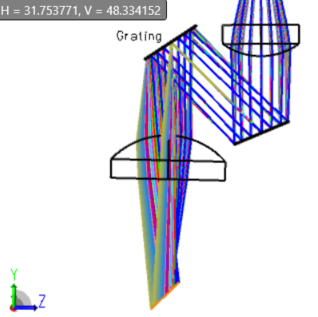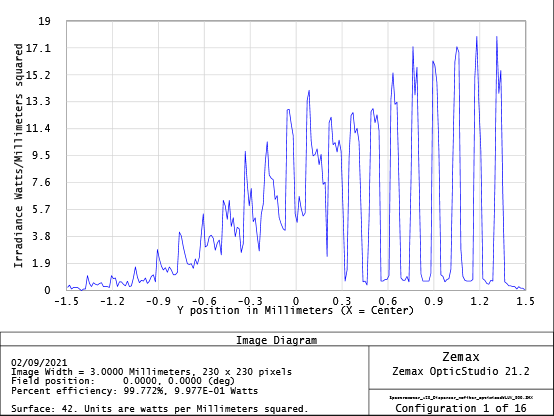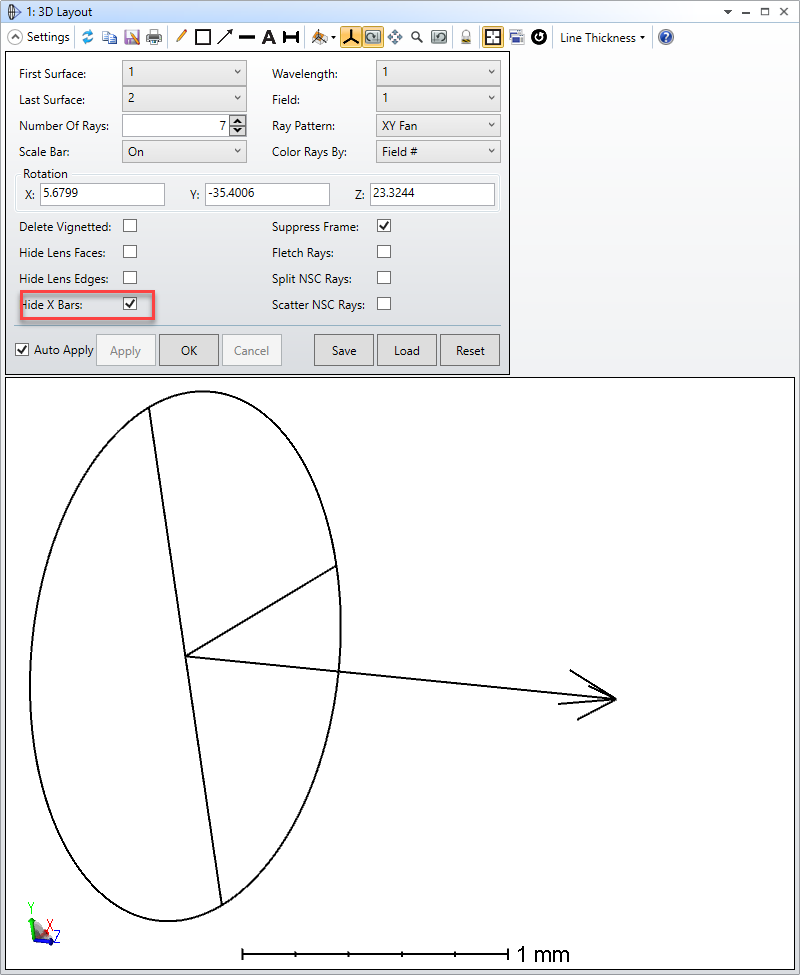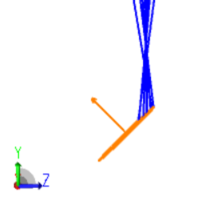Hi,
I am in doubt how to understand y-real and also Cross-y in image analysis of the tilted system.
I have used a code to generate spectrometer resolution for the tilted detector like below:

In the ZPL code I used “yf = RAYY(Last_surf)” for determining my y position. However I am not sure I understand if RAYY is the correct one to use to show the position of the beam on the image plane and calculate the resolution or I need to multiply that by the cos(angle).
Also, I am trying to use the geometrical image analysis for looking at the beams in different wavelength to see how resolvable they are by choosing 5nm resolution and how wide the beams are. I would like to know if that is the way to go. In this case I also used Cross y and I am in doubt what is the coordinate and if this is along the image plane.

Thank you in advance,
Fatemeh





